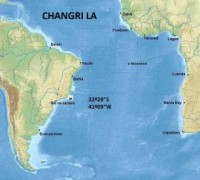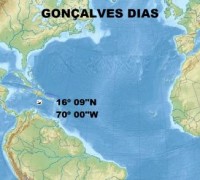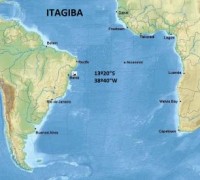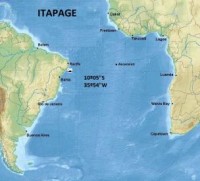SHIPS HIT BRAZIL 33 - BRAZILIAN SHIPS LOST
18)CMTE LYRA (SUB BARBARIGO) Damaged
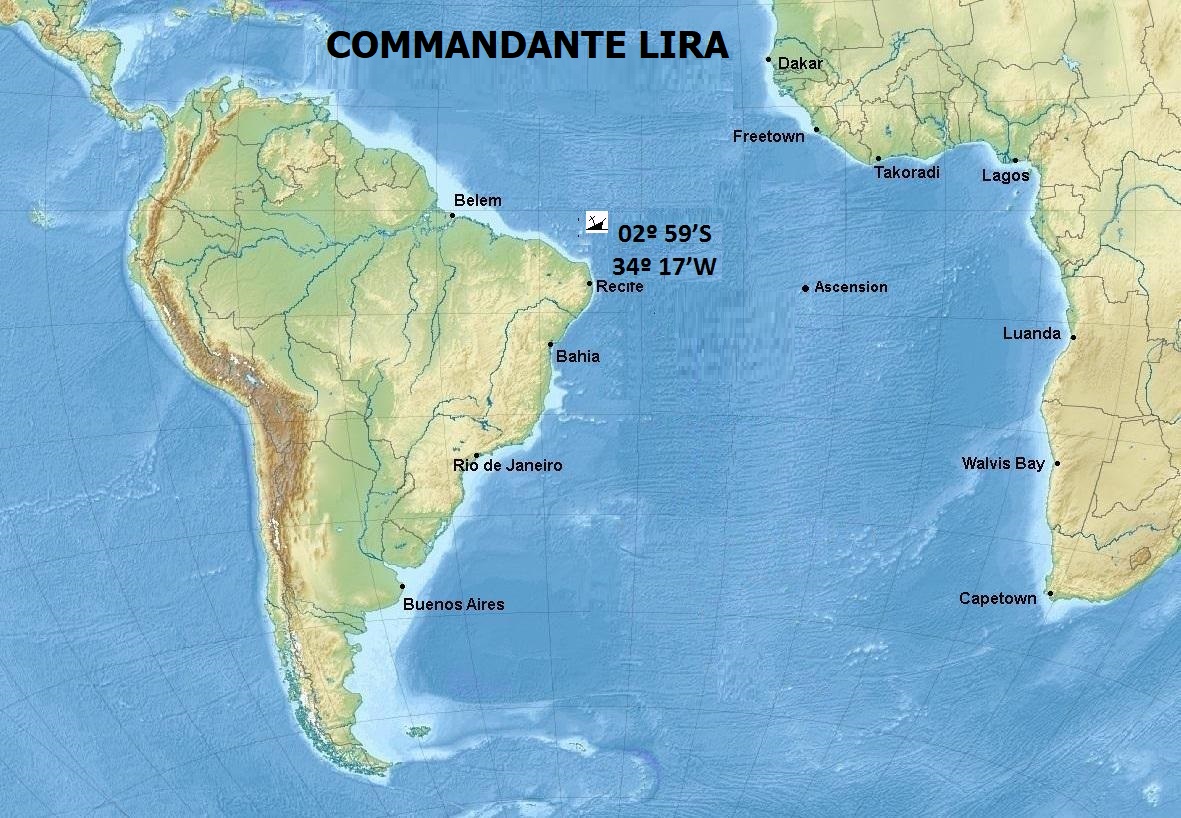
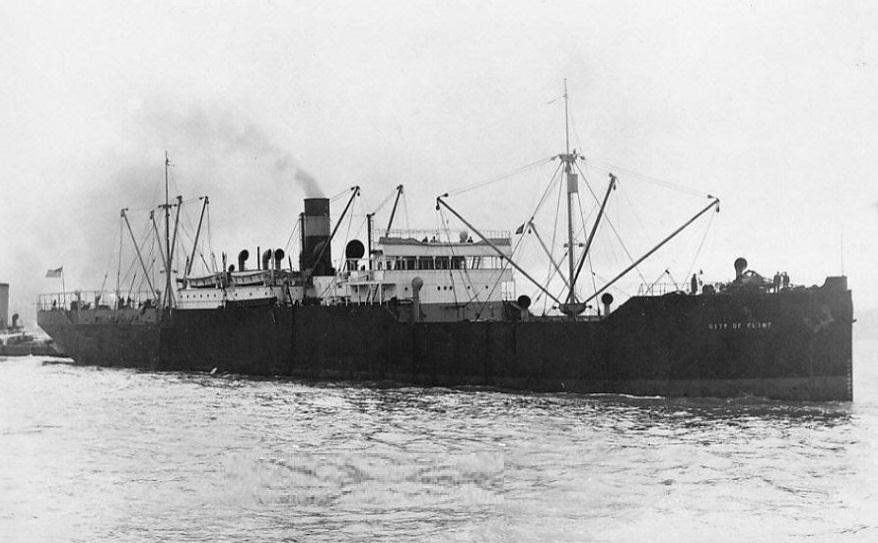
Sister ship City of Flint. Photo www.photoship.co.uk

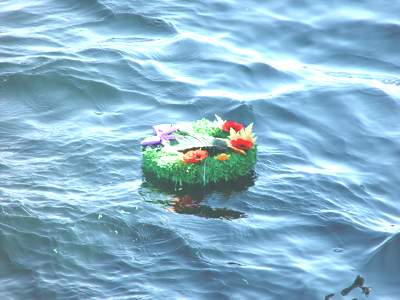
Built: 1919.
Tonnage: 4,963 / 8,015 tons
Cargo: 79,442 Bags of Coffee, 286 drums of oil, 100 bags of gum, 75 miscelaneous volumes, 170 boxes of mica, 1,389 packed wood and 1,389 sacks of ox bones.
Torpedoed and damaged 18 MAY 42 by Italian Submarine Barbarigo on pos. 02º 59’S 034º 17’W
2 Dead.
49 Survivors.
COMMANDANTE LYRA was one of 122 Hog Islander units ordered by the United States government to restructure its merchant fleet at the end of World War I. The design and construction of the ship was carried out by the American Shipbuilding Shipping Corporation in Philadelphia, more precisely in the old district of Hog Island - hence the name of the class of ships - southwest of the city center, which at the time , had the largest concentration of shipyards in the world. It was of the same class as BUARQUE. On June 20, his keel was laid up. On July 17, 1919 she was incorporated to the USSB, being christened as LIBERTY LAND. On August 30, 1919 its construction was completed.
That same year she was transferred to the US Government, being renamed SEBEWA. In 1928 it was sold to Export S.S. Co., USA, being renamed EXCELLENCY. In 1936 it was sold to Moore McCormack Line, USA, being renamed SOUTHLAND. In 1940 it was sold to Lloyd Brasileiro Patrimônio Nacional, Rio de Janeiro, being renamed COMMANDANTE LYRA. On May 18, 1942 she was torpedoed by the Italian submarine BARBARIGO, some 200 nautical miles off the coast of Rio Grande do Norte, northwest of the Fernando de Noronha archipelago.
At dusk on May 18, 1942, around 18:50, the ship, which had sailed the day before from the port of Recife and loaded with 79,400 bags of coffee, was sailing the Atlantic waters bound for New Orleans, when, at 180 nautical miles off the Fernando de Noronha archipelago, the captain realized that she was being shadowed by a submarine.
The ship then started zigzagging to get rid of it. The aggressor submarine was the Italian BARBARIGO, of the Marcello Class, commanded by Captain Enzo Grossi, born in Brazil on April 20, 1908, and after the war ended he lived in Argentina, where he died on August 11, 1960. The maneuver did not work, and BARBARIGO fired a torpedo that hit the steam in # 2 hold, starboard side, causing two instant deaths, one of the stoker José Maurício de Melo and the deck boy Severino Silva. Due to the low luminosity, the four soldiers who manned a 75 mm cannon and two 7 mm caliber machine guns could do nothing.
After the first impact, the ship was further riddled by a further 19 rounds of 100mm cannon, various 13.2mm machine gun fire, and incendiary bombs thrown on the main deck, resulting in a dense fire, thus unable to sail. When realizing that the sinking would be inevitable, the 52 crew began the procedure of abandonment of the ship.
On the occasion of the abandonment of the ship, the first radioman José Henrique da Silva had a heroic performance, because, even though he was not in his actual service schedule, he ran to the radio station, was able to transmit the distress call. This was done in the place of his colleague, also a service telegrapher at the time, Leopoldo Zytkuewisz, whose left hand was bruised, could not save himself by using ropes to descend the stairs, and then jumped in lifeboat # 4.
The radioman's attitude was fundamental, since, in the hope of saving the merchant, he managed to get the transmitted SOS captured on the coast. It was a serious risk, since the radiotelegraph stations were one of the points most targeted by the guns and submachine guns, precisely to avoid the issuance of any request for help. In the administrative process about the attack, held by the Maritime Court, the radioman was praised by the prosecutor who acted in the feat:
"I am convinced that the bravery of the radio operator José Henrique da Silva is chiefly to the salvage of COMMANDANTE LYRA and possibly the life of many of her crew" (Maritime Tribunal, Archive, Rio de Janeiro, number 663).
As soon as the lifeboats landed in the water, they quickly rowed away of the ship, and were illuminated by spotlight from the attacking submarine, which then fired their machine gun, but did not reach them. Fortunately, at that moment, aircrafts homed in the SOS issued by the radioman flew over the site and the submarine managed to escape.
COMMANDANTE LYRA, on fire, resisted until ships arrived. The next morning, the ship was boarded by crew from the American cruiser OMAHA, who put out the fire. Then came other US Navy vessels patrolling the area - destroyers JOUETT, MILLWAUKEE, MOFFETT and MAC DOUGAL, as well as the tugboats THRUSH (American) and HEITOR PERDIGÃO (Brazilian).
The airmen's action was already expected until the submarine war reached the Brazilian coast. When the aviators who participated in the attacks had passed through Recife on their way to the training unit in Fortaleza, they had spoken with Brigadier Eduardo Gomes, commander of the 2nd Air Zone. They asked how they would do if they saw a submarine. The Brigadier replied that if he was hostile, they should attack. The definition of a "hostile" submarine was simple: anyone without identification. Since the way these boats operate is just discretion, everyone would be a potential target.
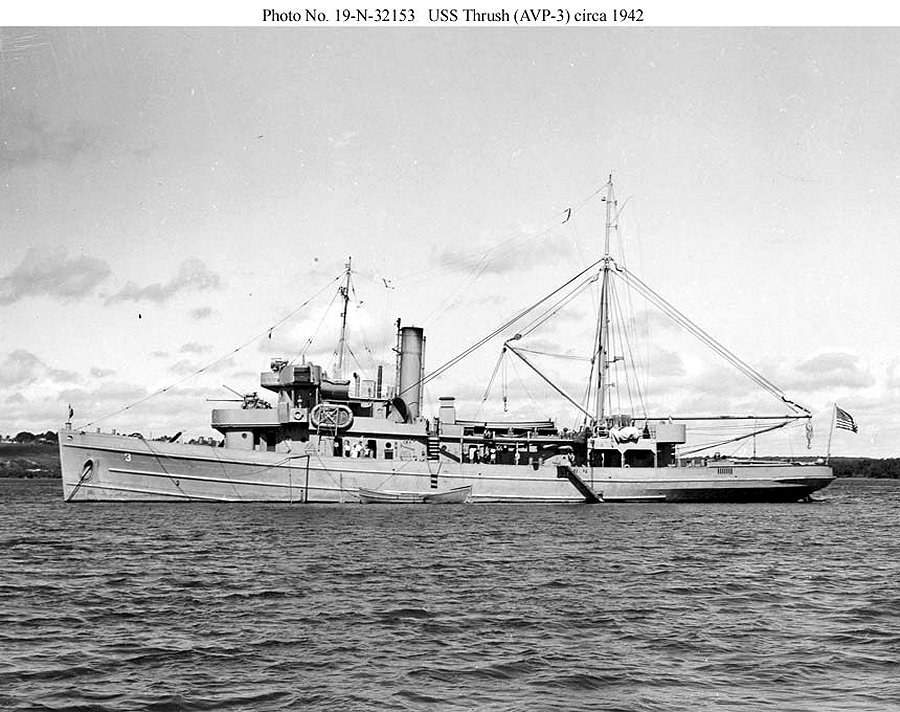
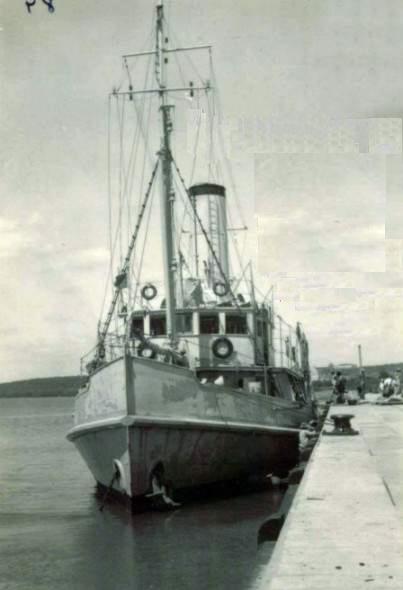
Above, Tug Heitor Perdigão. Along with Thrush they rendered an invaluable support in towing the damaged Comandante Lira to Fortaleza where she docked for repairs and returned to active service. Photo. https://www.naval.com.br/ngb/H/H002/H002-f04.htm
Recovered after the attack, the ship served in other missions and survived the war, being retired in the late 50s. Already abandoned and scrapped caught fire in the port of Laguna, Santa Catarina, on March 21, 1959.
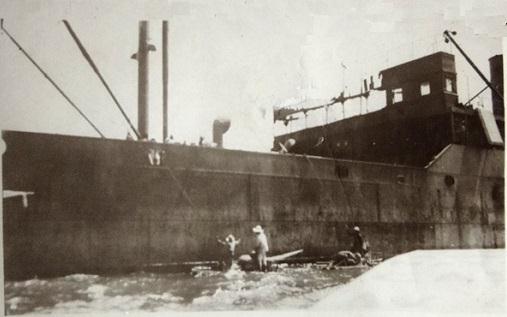
In a rare picture, above a detail of starboard side of Comandante Lira following her arrival at Fortaleza
FOLLOWING PAGES ON THE SAME ARTICLE







